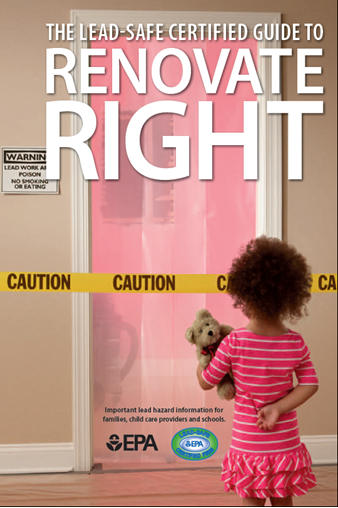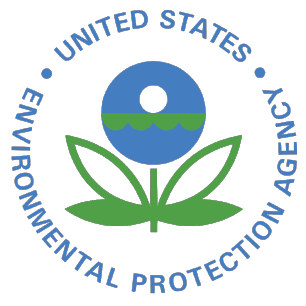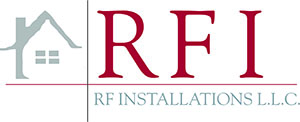EPA - Renovation, Repair, and Painting Program
 The purpose of the RRP Rule is to minimize exposure from lead-based paint dust during renovation, repair, or painting activities. This is a key effort in reducing the prevalence of childhood lead poisoning, particularly lead poisoning caused by housing contaminated by renovation activities. This will also minimize exposure to older children and adults, who are also adversely impacted by lead-based paint dust exposure. Lead paint was used in more than 38 million homes prior to its ban for residential use in 1978. This paint can form toxic dust when it is disturbed during normal home repair work.
The purpose of the RRP Rule is to minimize exposure from lead-based paint dust during renovation, repair, or painting activities. This is a key effort in reducing the prevalence of childhood lead poisoning, particularly lead poisoning caused by housing contaminated by renovation activities. This will also minimize exposure to older children and adults, who are also adversely impacted by lead-based paint dust exposure. Lead paint was used in more than 38 million homes prior to its ban for residential use in 1978. This paint can form toxic dust when it is disturbed during normal home repair work.
The EPA’s Renovation, Repair and Painting (RRP) program is designed to reduce lead contamination by training contractors in relatively simple lead-safe work practices, and certifying contractors to make sure that they follow those practices. We also want consumers to choose firms that are certified. Given that lead poisoning can cause a wide range of physical, intellectual, emotional, and behavioral issues with societal and financial impacts, this program is prevention-based, cost-effective, and a long-term bargain.
The RRP Rule requires that renovators are trained in the use of lead-safe work practices, that renovators and firms be certified, that providers of renovation training be accredited, and that renovators follow specific work practice standards.
RFI uses contractors that are certified and trained by EPA-approved training providers and follow lead-safe work practices in Renovate Right Program (RRP). This means they provide containment for airborne dust created during paint disturbances when the lead paint test result is positive during the lead testing process.
For more information regarding RRP, including training, Lead Abatement vs. Lead RRP, and consumer education please visit the EPA’s websites below:
- https://www.epa.gov/lead/renovation-repair-and-painting-program-consumers
- https://www.epa.gov/lead/lead-abatement-vs-lead-rrp
- https://www.epa.gov/sites/production/files/documents/renovaterightbrochure.pdf

Copyright 2019 RF Installations L.L.C. All Rights Reserved.
